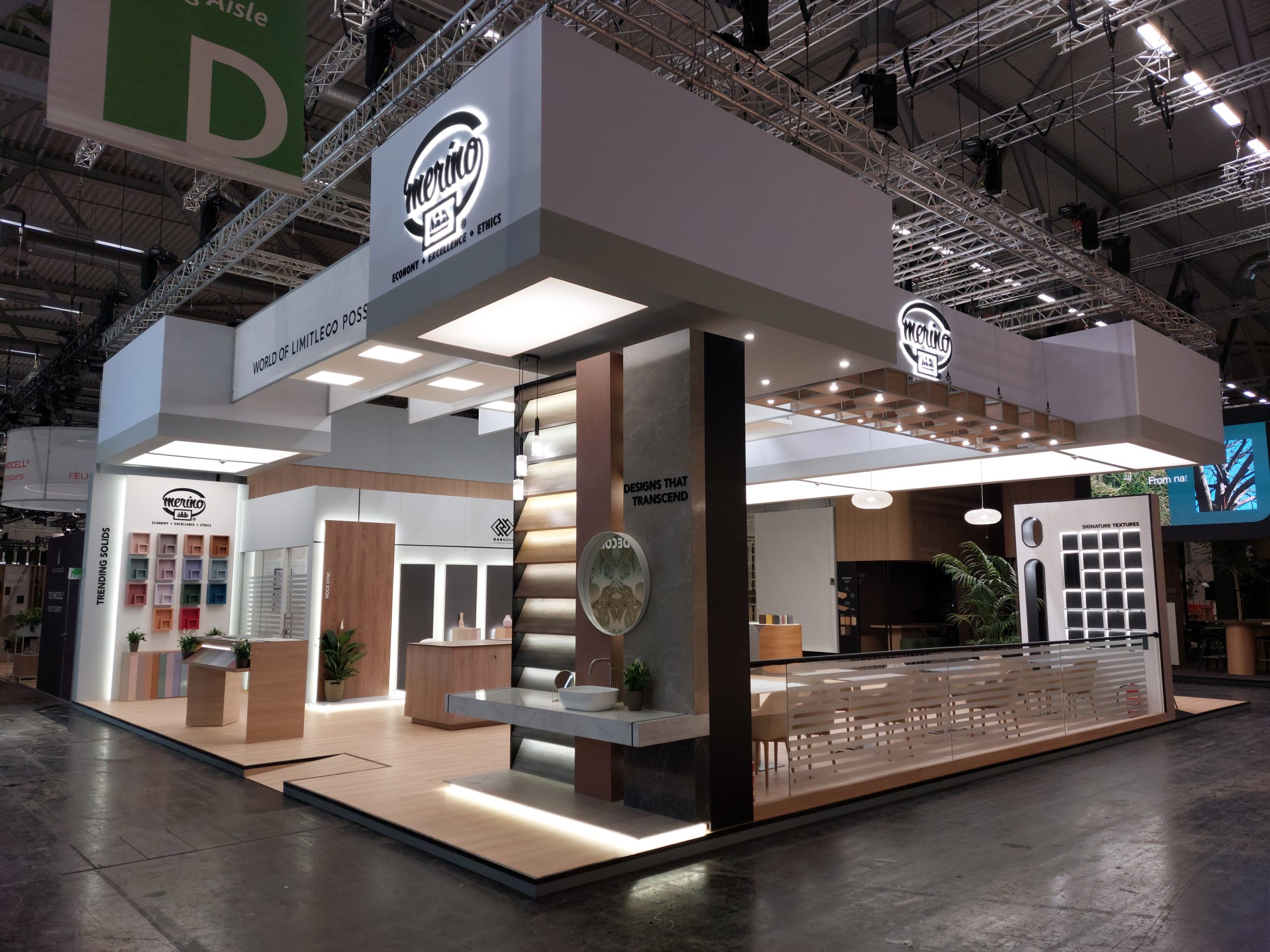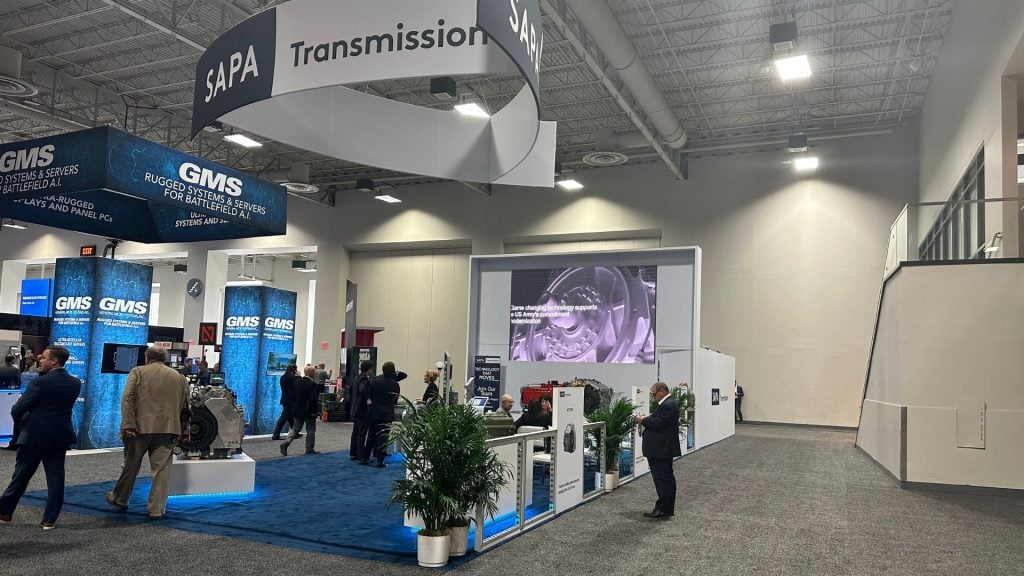
Introduction
Bigger isn’t always better—especially when it comes to trade show booths. In recent years, micro booths have emerged as a game-changing trend, offering exhibitors the opportunity to make a big impression in smaller spaces. This approach focuses on maximizing impact while minimizing physical footprint, making it perfect for brands that want to stand out without overspending.
In this blog, we’ll explore the concept of micro boothing, why it’s gaining traction, and how you can design a small booth that delivers significant results.
What Is Micro Boothing?
Micro booth refers to the strategic use of small booth spaces (typically under 100 square feet) to create highly engaging, efficient, and memorable trade show exhibits. Instead of relying on size to attract attention, these booths leverage smart design, interactive elements, and targeted messaging to make an impact.
Why Choose a Micro Booth?
- Cost-Effectiveness:
Smaller booths mean lower costs for space rental, design, and logistics, allowing businesses to allocate resources elsewhere. - Flexibility:
Compact booths can fit into diverse trade show layouts and are easier to adapt for different events. - Eco-Friendly Option:
With fewer materials used, micro booths are often a more sustainable choice, aligning with green initiatives. - Focus on Quality Over Quantity:
Micro boothing encourages exhibitors to prioritize meaningful interactions and targeted messaging, rather than overwhelming visitors with too many options.
Key Design Strategies for Micro Boothing
- Maximize Vertical Space:
- Use tall banners, shelving, or hanging elements to draw attention without occupying extra floor space.
- Example: A skincare brand could install vertical displays showcasing product samples with integrated LED lighting.
- Interactive Technology:
- Incorporate touchscreens, VR/AR experiences, or interactive kiosks to engage attendees without requiring physical space.
- Example: A tech company might use a VR headset to let visitors explore virtual product demos.
- Modular Furniture:
- Use furniture that can be folded, stacked, or repurposed to save space while remaining functional.
- Example: Modular seating that doubles as storage for brochures or giveaways.
- Bold Visuals:
- Invest in high-quality graphics and minimalist designs that convey your message quickly and effectively.
- Example: Use a large, striking backdrop featuring your brand’s tagline and key visuals.
- Clear Messaging:
- With limited space, every element must serve a purpose. Highlight your value proposition prominently to draw in the right audience.
Enhancing Visitor Engagement in a Micro Booth
- Personalized Interactions:
With fewer distractions, you can focus on one-on-one conversations and tailor your pitch to individual visitors. - Compact Giveaways:
Offer small but thoughtful giveaways that resonate with your audience, such as eco-friendly tote bags or portable tech gadgets. - Micro-Events:
Host quick, engaging sessions like product demos, 5-minute tutorials, or live Q&A sessions to capture attention. - Gamification:
Use compact game setups like tablet-based quizzes or spin-to-win contests to attract visitors and collect leads.
Examples of Successful Micro Booths
- Sony: At a consumer electronics show, Sony used a small booth to demonstrate new headphones. The focus was on an immersive sound experience, achieved through a soundproof booth and interactive listening stations.
- Etsy Sellers Collective: A shared micro booth at a craft fair allowed multiple small businesses to showcase unique handmade products, using modular shelves and rotating displays to optimize space.
- Tesla: At an energy expo, Tesla used a compact booth to showcase a single Powerwall product, supported by an interactive touchscreen detailing its features and benefits.
The Benefits of Micro Boothing for Startups and Small Businesses
Micro booths are particularly advantageous for startups and small businesses:
- Low Barrier to Entry: Affordable booth options make trade show participation accessible.
- Focus on Niche Audiences: With targeted messaging, smaller brands can connect deeply with their ideal customers.
- Agility: Compact setups are easy to transport and assemble, saving time and effort.
The Future of Micro Boothing
As trade shows embrace hybrid formats and prioritize attendee engagement, micro booths are likely to become even more popular. Future innovations might include:
- Pop-Up Micro Booths: Ready-to-assemble solutions that can be set up within minutes.
- AI-Driven Personalization: Small booths equipped with AI tools to provide personalized content or recommendations for each visitor.
- Eco-Friendly Materials: An emphasis on using recycled or biodegradable materials to reduce environmental impact.
Conclusion
Micro boothing proves that impactful trade show exhibits don’t have to be grand in scale. With smart design, targeted messaging, and creative engagement strategies, small booths can pack a powerful punch.
Whether you’re a startup looking to make your mark or an established brand seeking cost-effective solutions, micro booths might just be the strategy you need for your next trade show.


 Global
Global Europe
Europe

